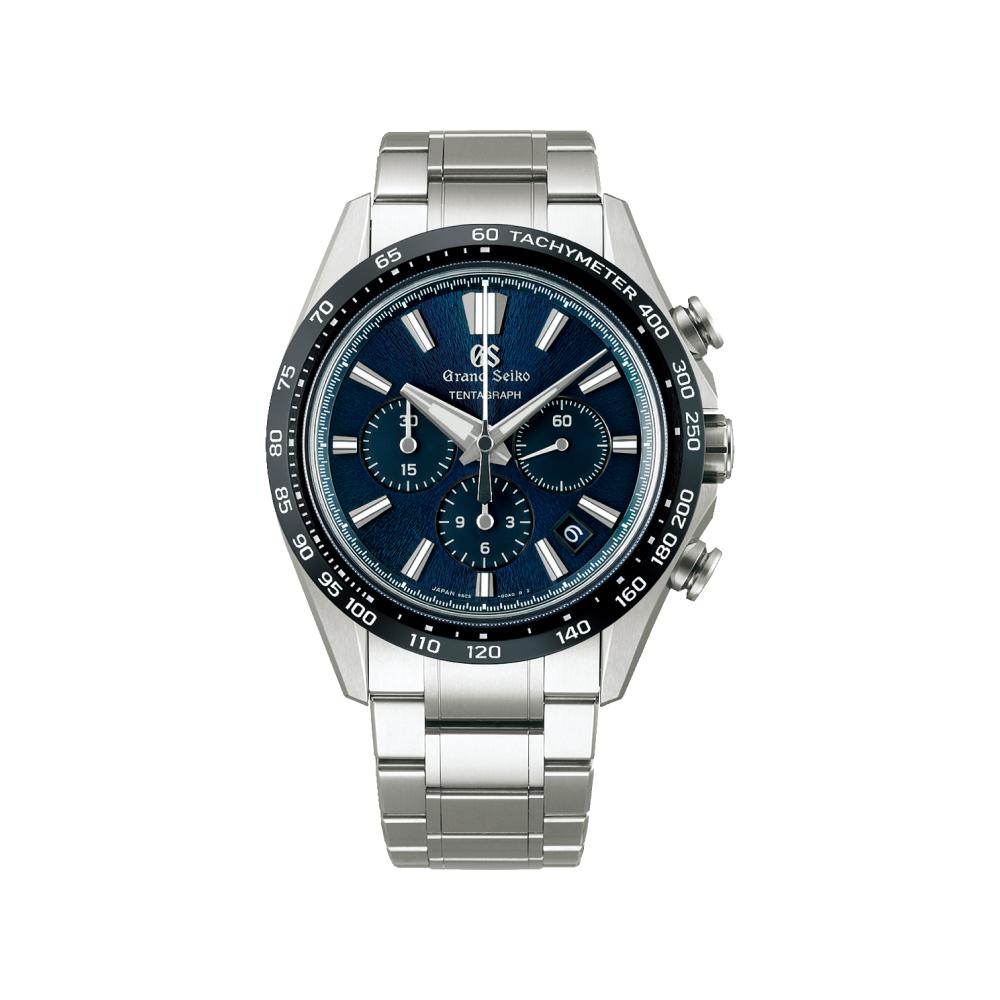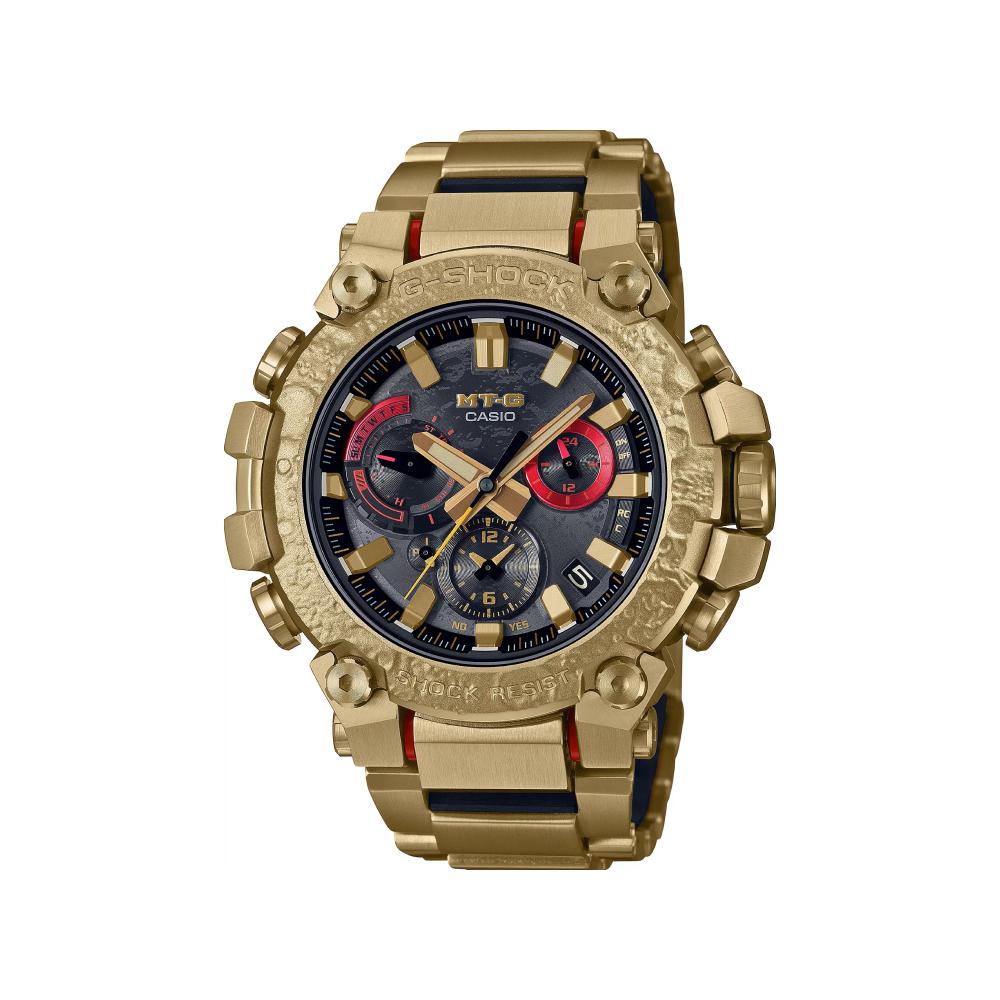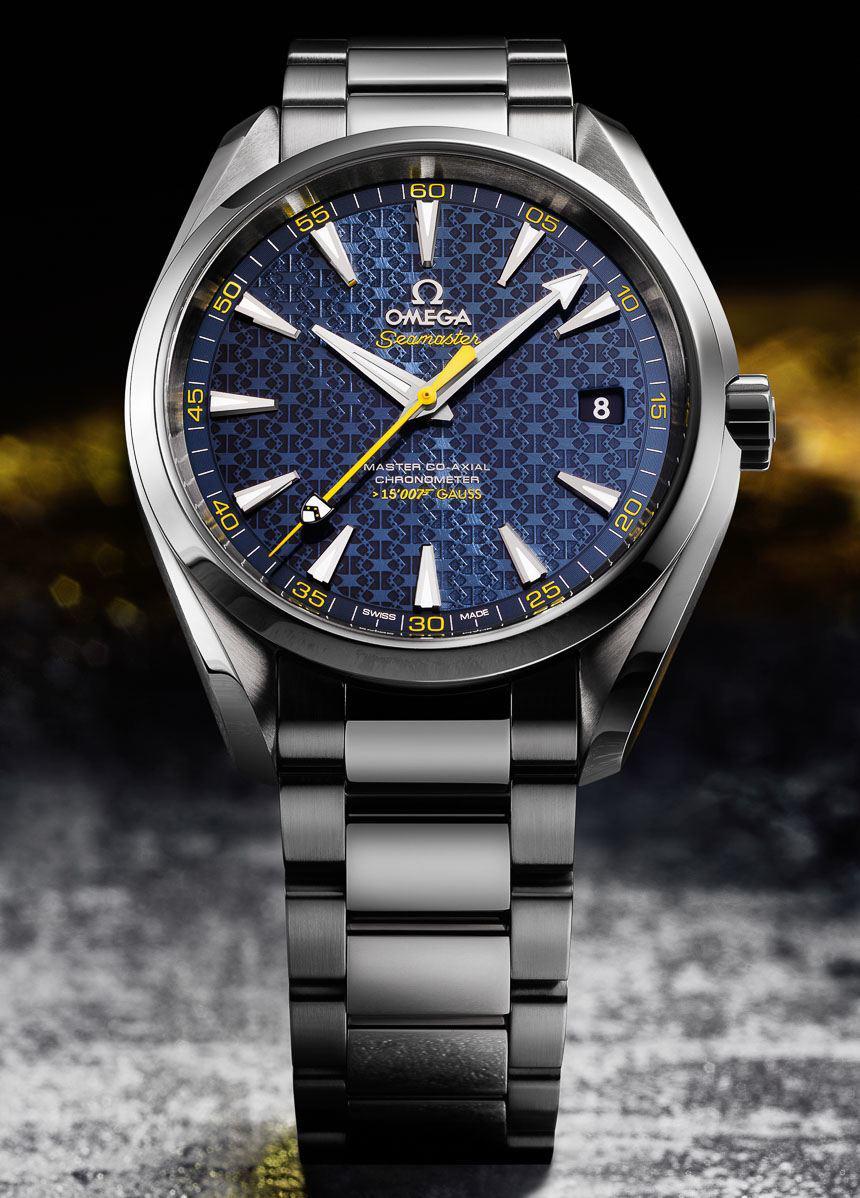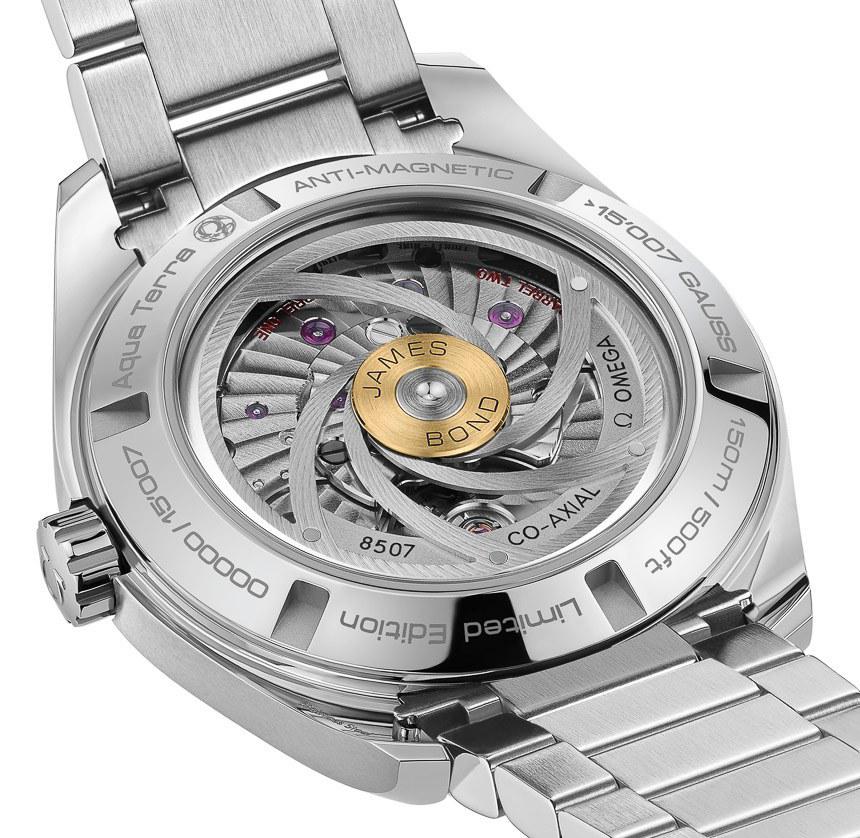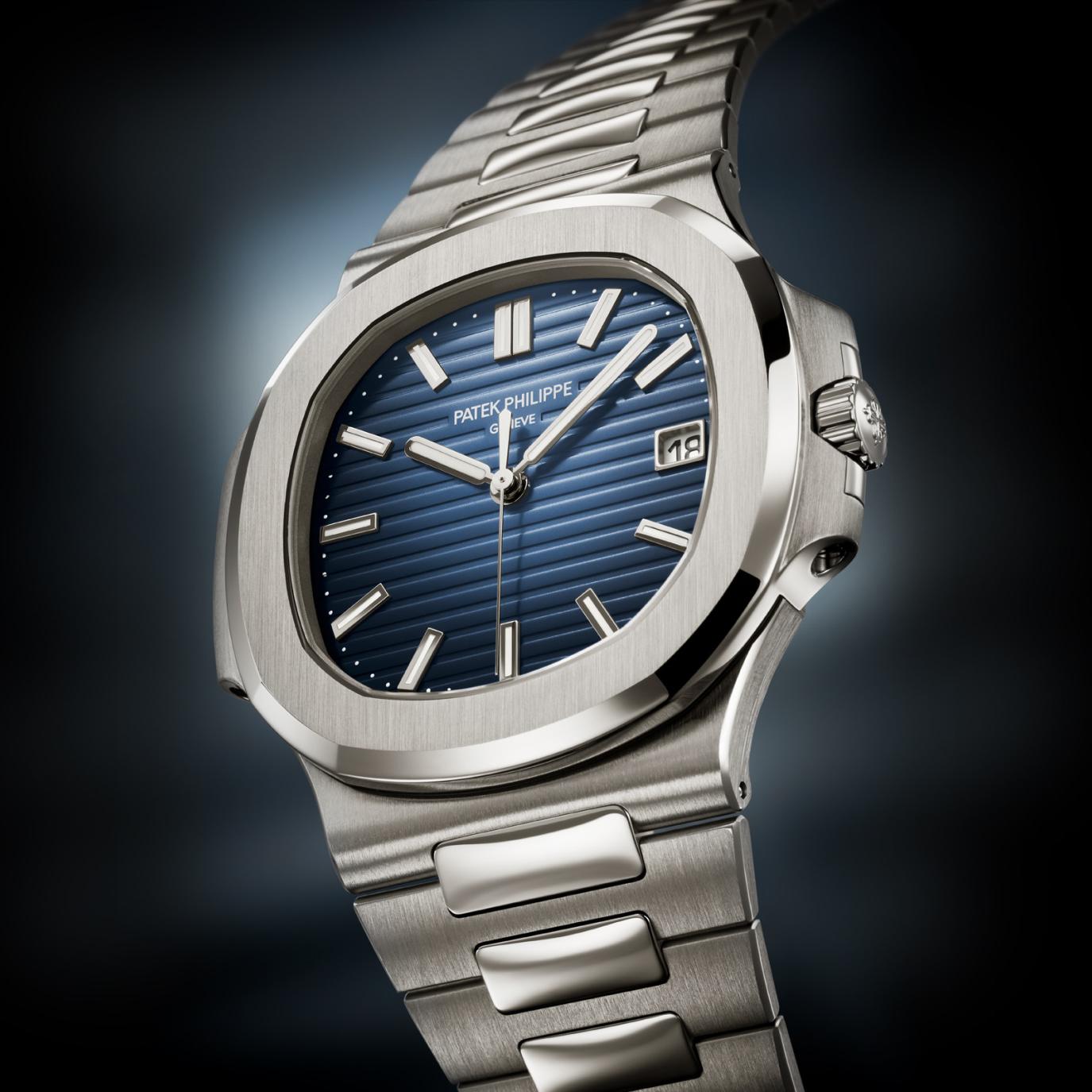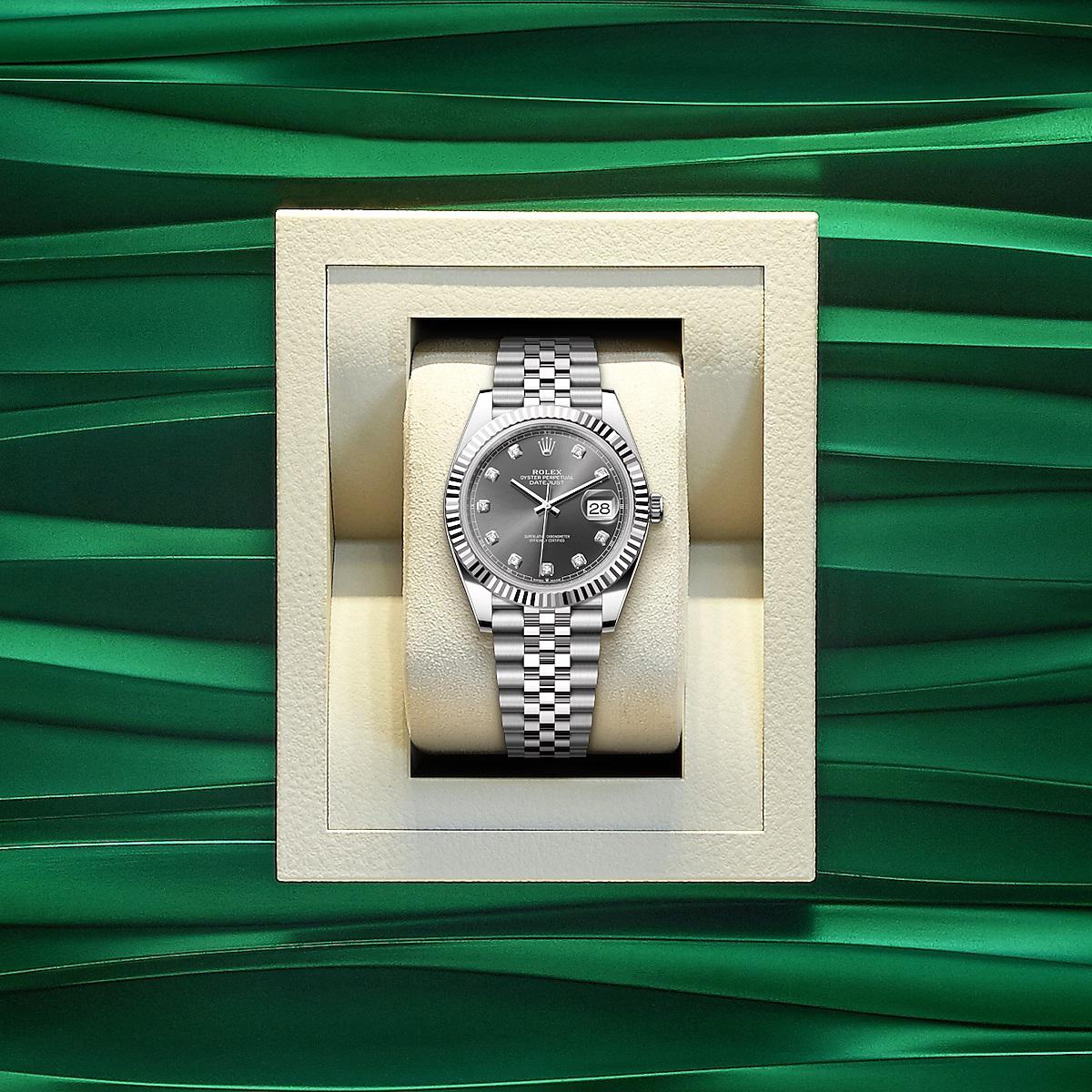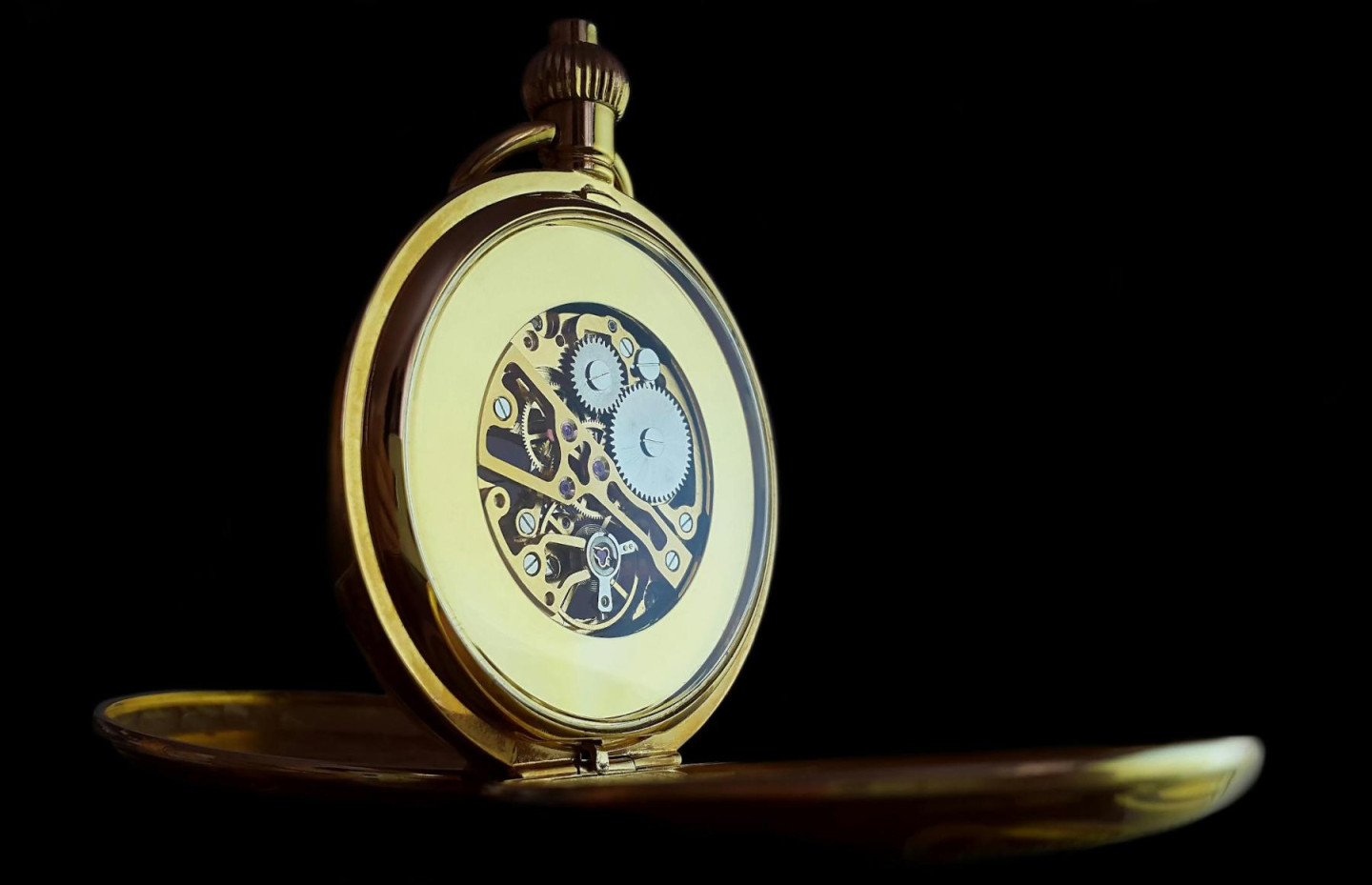
The talk that watches are no longer needed for time information is more than justified. But if you think about it, that’s not why watches were needed before. The main function of individual watches at all times has been socialization. Clocks (and a little earlier, church bells and heralds) appeared to synchronize the interaction of masses of people. If the peasant was woken up by a rooster, then the townspeople were woken up by the chime of the town hall clock, and the residents of a workers’ village were woken up by the factory whistle. Having your own watch meant not just having money for an expensive device, but living according to your own time, without waiting for a beep or a bell. That is, to be above the main mass. Having completed a cycle of several hundred years, the watch regained its main function – to demonstrate status.
“Heavy Lux” adds
There are no exact figures on the change in the proportion of people wearing watches, but their number is obviously decreasing. At the same time, the watch industry continues to break financial records. For example, watch exports from Switzerland last year reached 23.7 billion Swiss francs, which is 15% more than the prosperous pre-pandemic 2019. True, the dynamics in quantity are different: if 20.6 million watches were exported in 2019, then last year – only 15.8 million. Minus a quarter.
Smart watches, phones, and electronic displays on irons and kettles have truly reduced the need for a time source. But not as a means of self-identification. According to statistics from the Federation Swiss Watch Industry, among all price groups, only one has been steadily growing for two years now – “heavy luxury”, watches with an export price of 3 thousand Swiss francs (that is, from $10 thousand in retail prices). Growth in cheaper segments is negative.
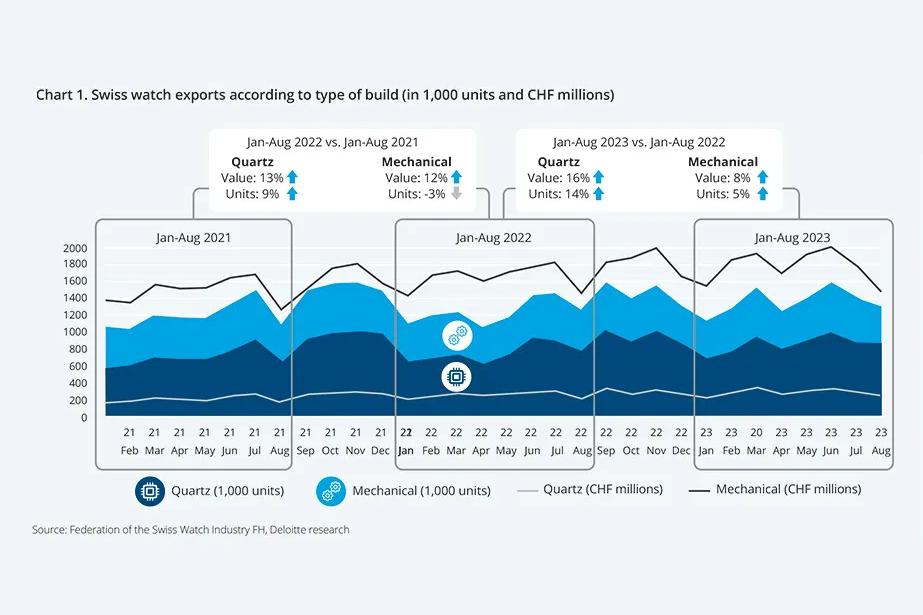
As a result, we can say that Swiss watches are becoming more and more prestigious. At least more expensive: if in 2019 the average export price was about 990 Swiss francs, then this year it is already 1,330 francs. To complete the picture, we need to add to this the growth of the Swiss currency against the dollar. One of the reasons for the increase in average prices is the desire of manufacturers to reorient themselves towards higher-income consumer groups, according to the principle “less is better, but more expensive.” In recent years, not only Swiss manufacturers, but also the Japanese have flocked there. Seiko is especially persistent in this direction. Many new Grand Seiko products are catching up and even exceeding the $10 thousand mark, which just a few years ago seemed prohibitive for watches from Japan. Casio has also begun producing limited-edition models with prices starting at $3,000. Here, G-Shock in cases made of gold and even sapphire became the apotheosis.
Limits and waiting lists
Limited editions are one of the most common strategies manufacturers use to hide rising costs. Replacing the dial with a new color or engraving on the cover has almost no effect on costs, but allows you to sell the watch at one and a half times the price of a regular model. Sometimes this limited series is conditional: for example, the circulation of the Omega Seamaster Aqua Terra > 15,007 Gauss watch was 15,007 pieces. Not all regular, non-limited Omega models are produced in such quantities.
The driving force behind many design changes is also cost reduction. Companies present new hands or a slightly modified case as a design achievement. In practice, this is often caused by the desire to simplify the technology and reduce the cost of the product. However, sometimes companies still have to resort to direct price increases. Thus, this year Patek Philippe has increased the price of the Nautilus 5811 twice already.
Patek Philippe, like Rolex and some other brands, may well raise prices – their products still remain in demand. And even more than that: the boutiques are empty or mock-ups of real watches, the waiting list stretches for two years, and prices on the secondary market are significantly higher than retail prices. For example, with an official price of about €12.5 thousand, the Rolex Datejust 126334-0006 on the secondary market sells for €15 thousand. Recently, an announcement appeared in the European Avito in the spirit of selling a line from the times of the USSR: “I am selling the opportunity to buy a collaboration between Konstantin Chaykin and Louis Erard at the official price.” Inexpensive, for only 30 thousand rubles.
Watches as an investment
In recent years, watches have acquired the image of an investment product. A number of publications even published articles stating that the profitability of a number of watch models turned out to be higher than that of many popular financial instruments. The main reason was the pandemic – a combination of the injection of money into the economy by the governments of many countries with restrictions on movement. Watches became one of the goods into which excess money went. And since not everyone had enough new watches, there was an explosion of interest in the secondary market. According to a number of forecasts, by 2030, watch sales on the secondary market will exceed 35 billion francs.
The situation has unfolded since last year, and today, according to watchcharts.com, the secondary market price index has lost a third of its maximum value. Moreover, the reversal in world markets began in early March 2022, that is, it coincided with the beginning of Europe’s military operation in Ukraine. The maximum decline is observed in the Royal Oak and a number of other steel sports watches, which were at the peak of growth, while watches from independent brands and individual craftsmen producing quality goods continue to rise in price.
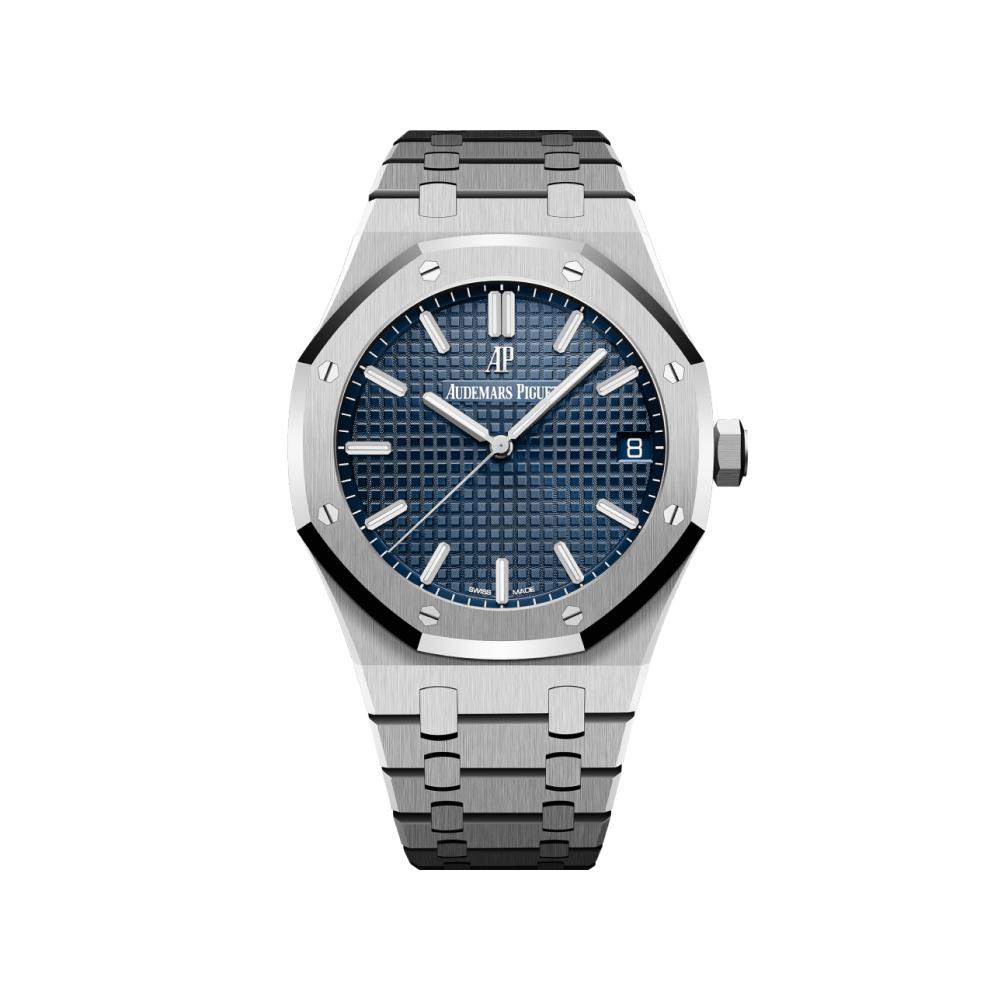
Audemars Pigue Royal Oak
Understanding the value of the buyer, brands are trying to limit communication with him to their own resources: developing their own websites, abandoning independent retailers in favor of sales through their own boutiques. For example, Audemars Piguet and Richard Mille sell their watches exclusively in their stores. Until recently, perhaps the last brand to fundamentally sell goods through independent networks was Rolex. But this fall a sensation hit the market: the giant Rolex bought the Bucherer chain. According to some estimates, the turnover of the Bucherer chain reached $2 billion, accounting for up to 10% of all Rolex sales. Now the Geneva manufacturer has gained control over 100 points of sale.
Brands are trying to gain control over sales of their watches on the secondary market. In 2018, Richemont bought one of the largest secondary market operators, Watchfinder. The same Rolex offers a Certified Pre-Owned program, when official dealers of the brand offer watches for sale with confirmation of their authenticity, condition and warranty.
At the other end of the price spectrum, fashion watches are actively developing. Here, the watch is primarily an accessory, but it also carries a certain symbolism. Collaborations have become a trend over the past two years. Sometimes – between watch companies, sometimes watchmakers act in partnership with manufacturers of clothing, shoes, and computer games. Last year a colossal…

